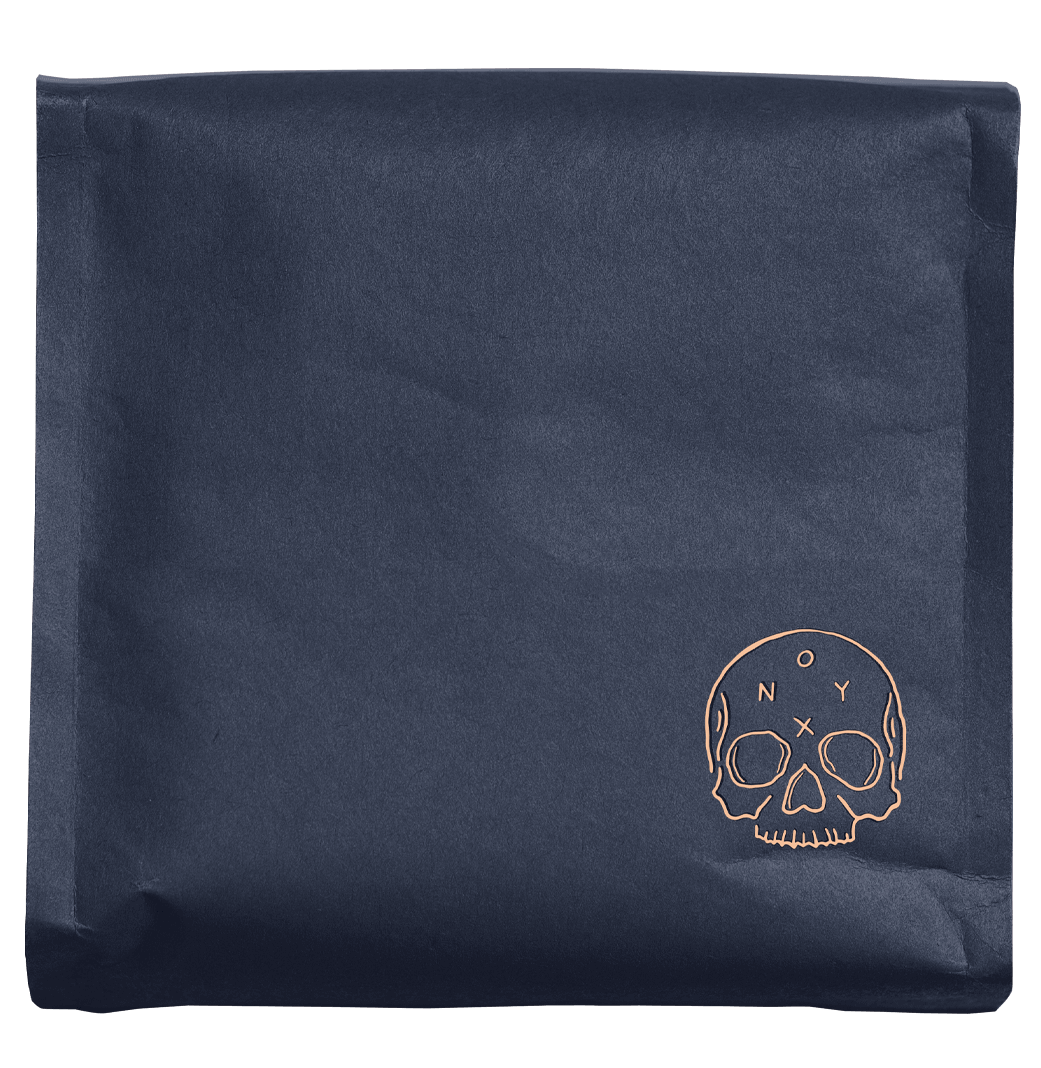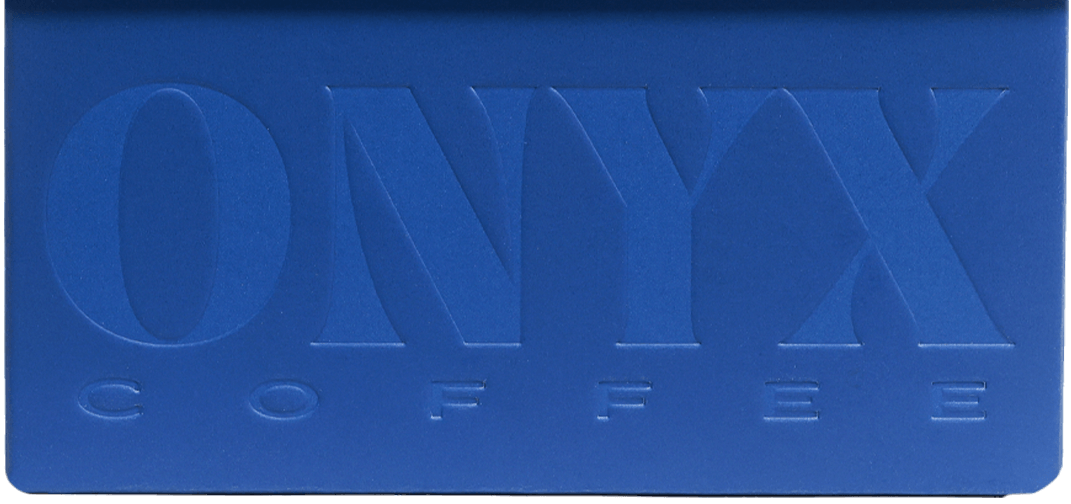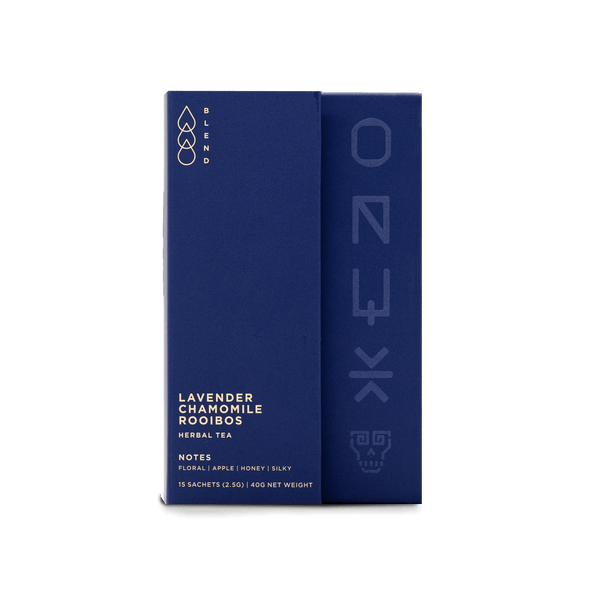Production Cost
The following list includes many of the costs associated with producing our coffee. We have always maintained transparency as a principle but have lumped these things under the label of “production costs” without going into detail. While the following list isn’t exhaustive, hopefully it gives you a picture of the work, expense, and investment involved in executing coffee at the level that we do. At this time we are listing our cost of production for each pound of coffee at around $4.85. There are obviously many other aspects to running a business such as shrink, mistakes, new equipment and maintenance, but this works as an arbitrary cost associated with making one box of coffee.
Fixed Costs
These are costs associated with simply having a business. Things like utilities of internet, natural gas, phones, rent, business licenses, fees, etc. These things increase every year. For example, most commercial leases increase by 2% every year. We periodically look at these costs and try to reduce expenses, but work in this area are small moves of the needle as these are mostly the same and usually increase every year. In 2019, we invested in a solar energy system for our roastery. It was installed in 2020 and we are seeing a great return in terms of monthly costs of electricity.
Packaging
This is all the things that go into packaging the coffee from the roaster to your house. There’s the biodegradable bag, the recyclable box, the compostable mailer, different boxes for bulk shipping, the paper that pads the coffee, tape, and a few odds and ends. (Read about our new retail packaging HERE). These costs are separate from the green and roasted coffee but a part of the cost of producing coffee ready to ship and consume. We want our coffee to arrive in a secure fashion, looking like it did when it left our roastery: with style and design but also keeping the environment in mind. Shipping packages inevitably has waste associated and we’re working towards sustainability at each step.
Labor
We are proud of our team and the way they are so thoroughly dedicated to excellence and to being the best at their respective roles across the industry. We work to make coffee jobs both sustainable and celebrated. We pay salaries, provide health insurance, and give regular raises. Our coffee doesn’t taste the way it does without all of our team working had and performing at a high level. Often we have a handful of staff that get celebrated, but everyone on our team contributes and is valuable. Our roastery production crew has earned a small commission on coffees sold since 2017. Onyx is not just a brand or a design or a café, we are truly made by every person on our team.
We all know it takes work to make anything. Our approach has more labor involved than you may think. Because we visit every Relationship Coffee producer, that means our green buying team of Jon and Dakota typically spend a total of six months traveling. We’re committed to visiting and cupping on the ground, this inevitably is an investment of time, of money, of long lay overs, of encountering government coupes and protests, and forging some of the greatest friendships and seeing some of the most beautiful landscapes imaginable.
Another place we are highly invested in labor is in our coffee quality control. Our QC manager literally cups every single batch of coffee that we roast, scores it, makes notes, gives feedback. These records can be found in Find My Roast. This is essentially a full time job. This is something that we technically don’t have to do, but in chasing our goal of having the world’s best coffee we can’t know exactly how each roast measures up without cupping it.
We have more roasters than we technically need. We roast in small batch size, meaning we don’t max out the capacity of our roasting machines. This translates into us roasting more actual batches and necessitates more time. This concept is driven by our desire for quality.
We have a creative team that helps create all things visible, digital, and print. These folks are very talented and have really helped push the dream of Onyx to the next level. We believe that coffee can inherently be great, but having something that looks and feels good helps inform expectations, helps bring value, and tells the stories in coffee in a way that is tangible and important.
These are a few of the jobs we feel really have more involvement than might be imagined, but throughout Onyx there are touch points of intentionally positioned team members to help create the best possible coffee experience.
Coffee Roasting
Roasting itself creates loss in coffee. There’s the straightforward fact that when coffee is roasted it loses between 7% and 8% of its weight, meaning that if you bought 1000lbs of a lot you end up with 920lbs of roasted coffee. We also use what’s called an "optical sorter" which sorts all of our coffee after its roasted and kicks out 2% of all coffees. Sorting just creates an overall cleaner coffee, eliminating any outlying beans that are discolored, are quakers, etc. This totals around 10% loss of coffee before it even is bagged for retail or wholesale. We donate this rejected coffee to local food banks, non-profits and halfway houses.
Then there’s profiling the coffee. We roast test batches before we release coffees to dial in roasting profiles, and we often make multiple tweaks. The coffee is then cupped multiple times, used to create brewing recipes and guides and used in training. We also pull a sample of each batch of coffee to quality control.
We are committed to shipping only the absolute best coffees to our customers, and these measures—although costly—are in place to help create trust between you and us.
Taxes
We all know what this is. We set aside and submit money every quarter for taxes along with paying all of the weekly and monthly taxes we are obligated to pay. This can be tough for a small business as there are ebbs and flows in cash flow, and taxes are often not paid in conjunction with the sales season.
$5.45





